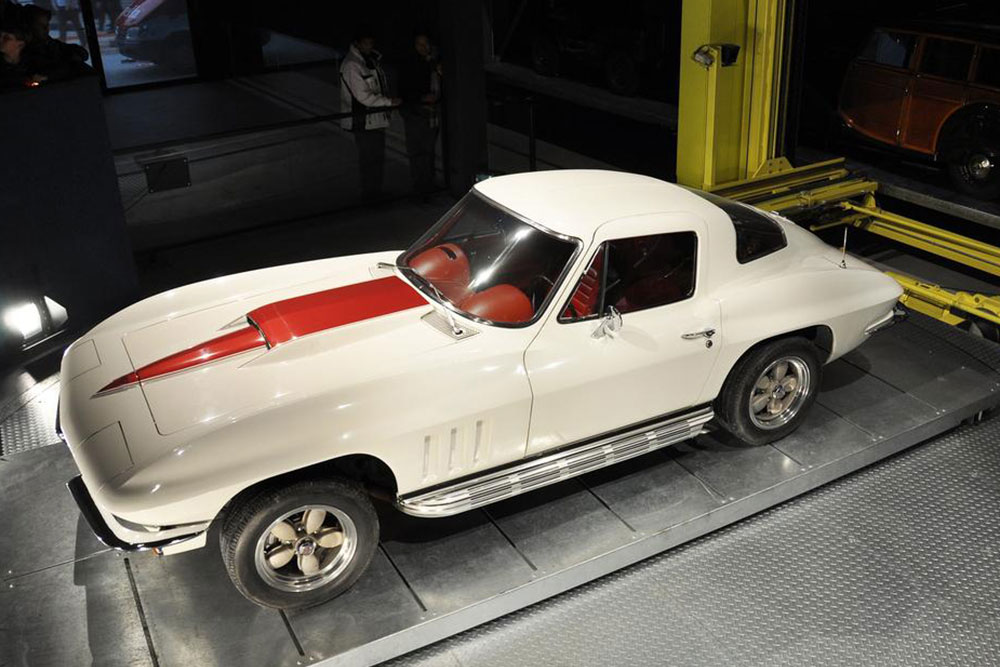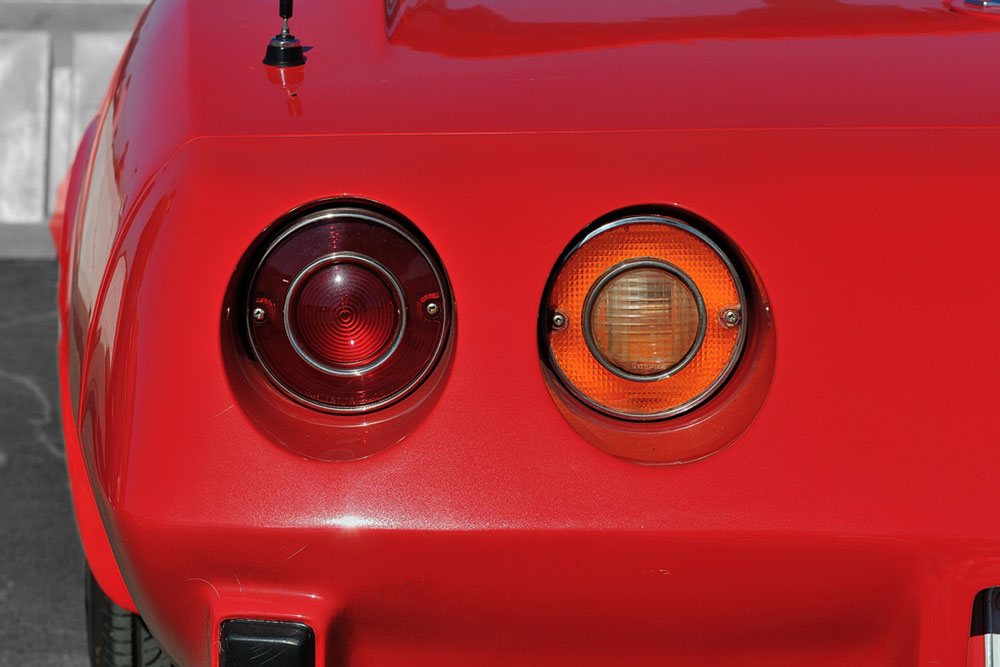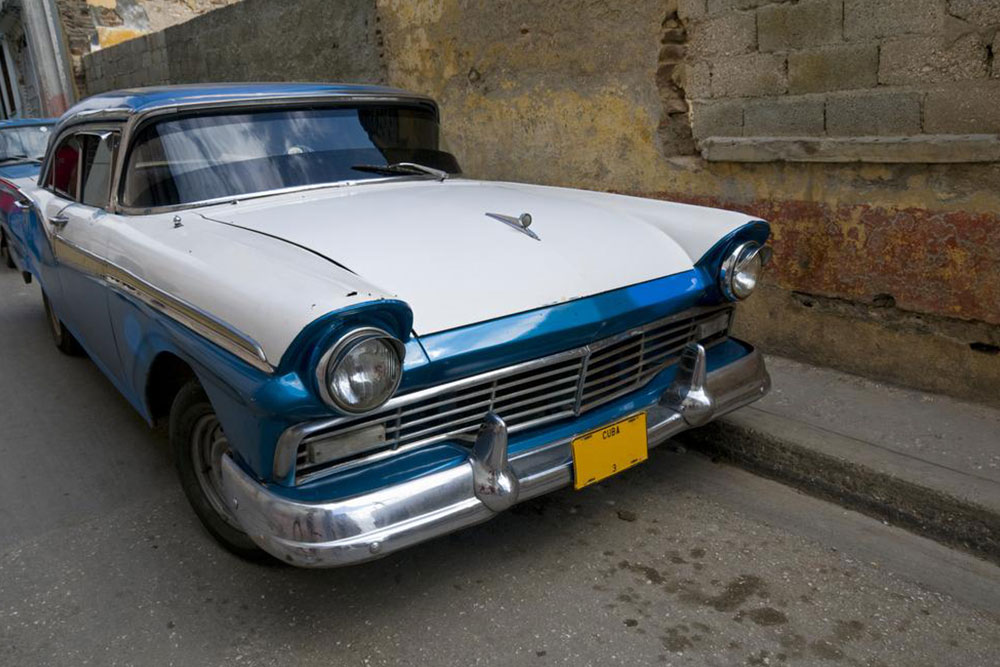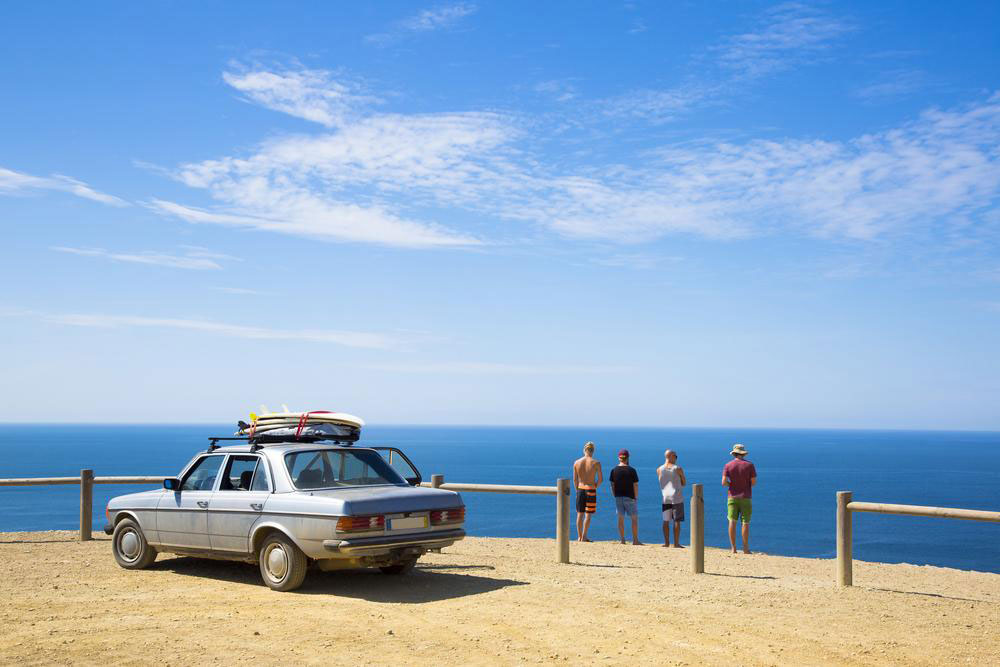The Complete History and Evolution of the Iconic Plymouth Barracuda
Discover the rich history and evolution of the Plymouth Barracuda, from its inception in 1964 through its iconic design changes, engine upgrades, and recent revival plans. This comprehensive guide highlights its significance in American muscle car history, detailing the first, second, and third generations, and speculates on the future of this legendary vehicle with modern technological upgrades. A must-read for car enthusiasts, collectors, and fans of American performance cars looking to understand how the Barracuda has stood the test of time and continues to influence the automotive world.
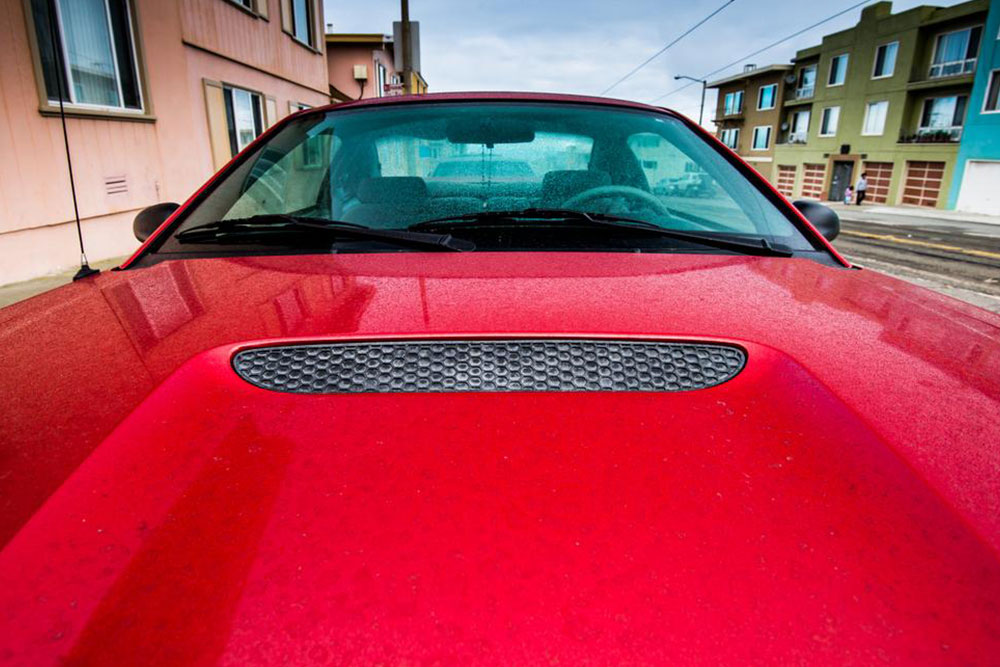
A Comprehensive Overview of the Plymouth Barracuda: From Its Origins to Modern Revivals
The Plymouth Barracuda stands as one of America's most recognizable and beloved muscle cars, symbolizing raw power and innovative design. Manufactured initially from 1964 until 1974, this classic vehicle has captured the imagination of car enthusiasts, collectors, and pop culture fans alike. Recently, automotive manufacturers like Dodge have announced plans to revive this legendary model, with teasers about a new Barracuda expected to debut in the near future, promising a blend of vintage appeal and modern technology. Over decades, the Barracuda has made appearances in numerous movies and television shows, cementing its immortal status in American automotive history.
Its distinctive styling, powerful engine options, and performance capabilities made the Barracuda a favorite among muscle car aficionados, and its influence extends beyond just American roads. From its initial release as a compact, sporty package in the mid-60s to today’s potential modern reinterpretation, the Barracuda exemplifies innovation, endurance, and the timeless appeal of American muscle cars.
The First Generation (1964–1966): Birth of a Legend
The Plymouth Barracuda first rolled off the assembly lines in 1964, marking the beginning of a new era for American muscle cars. At that time, it was considered one of the earliest muscle cars, making its mark with a fresh and aggressive aesthetic combined with impressive performance for the period. The original model was built on a compact platform, distinguishing it from larger, more bulky muscle cars of later years, and offered a sporty, lightweight alternative that quickly gained popularity.
The initial engine options included a 170-cubic-inch (ci) slant 6-cylinder engine capable of producing 145 horsepower (hp). Buyers also had the option of a 226-ci six-cylinder engine, which delivered up to 170 hp. These engines, paired with a manual transmission, offered solid performance that satisfied driving enthusiasts eager for speed and agility. Visually, the first-generation Barracudas sported a sleek profile with distinctive features such as a large bubble back window, which set it apart from other cars in the 1960s. This design not only added to its aesthetic appeal but also improved rear visibility for drivers.
During its first few years, the Barracuda established itself as a sporty, compact muscle car capable of competing with larger models like the Ford Mustang and Chevrolet Camaro. Its bold styling, aggressive stance, and performance-driven engines laid the foundation for its legendary status. The early models also boasted innovative features for the time, including front disc brakes and optional performance upgrades, positioning the Barracuda as a serious contender in the muscle car market.
The Second Generation (1967–1970): Styling and Performance Refinements
The second-generation Plymouth Barracuda arrived in 1967, representing a significant evolution in design, engineering, and performance capabilities. This era saw the introduction of a more refined, aggressive aesthetic that kept pace with the rising popularity of muscle cars across America. The new models offered more customization options, including convertible, notchback coupe, and fastback styles, catering to a broader customer base.
The 1968 model year was especially influential, as it revolutionized the American muscle car scene. The Barracuda received a sleek new body design featuring sharper lines and a more aerodynamic profile, along with a grille design that accentuated its sporty persona. This period also saw a range of powerful engine options, with the most notable being the 273-cubic-inch V8 that produced 180 hp, and later, a 318-ci V8 that provided slightly improved performance.
Many enthusiasts and racers of the late ‘60s and early ‘70s went to great lengths to enhance their Barracudas’ performance. Modifications such as hood vents to help with cooling and hot-rodded engines became common. Dodge introduced significant engine upgrades during this period, including the legendary Hemi engines, which further boosted the Barracuda's performance and appeal among high-performance enthusiasts.
The second-generation cars also incorporated better suspension systems and improved handling, making them more capable on both streets and racetracks. The introduction of the 340-cubic-inch (340ci) engine was a game-changer, setting benchmarks for power and speed, and making the Barracuda a true competitor in the muscle car wars of the time.
The Third Era (1970–1974): The E-Body and Legacy of Performance
The last years of the original Barracuda production, from 1970 to 1974, marked a new chapter with the adoption of the E-body chassis—a shared platform with the Dodge Challenger. This generation boasted a variety of styles, including hardtops and convertibles, and showcased a more aggressive styling language with bold lines and prominent performance features.
Under the hood, the 1970-74 Barracudas were powered by the famous 340-ci engine, which became legendary for its exceptional power-to-weight ratio. This engine produced around 275 hp, which made it one of the most potent options in its class. Later models upgraded to 360 cubic inches, further enhancing the muscle car’s performance credentials. The combination of aerodynamic design and potent engines made these models popular among collectors and racing enthusiasts.
In recent years, rumors have circulated about Dodge’s plans to revive the Barracuda, with hints about a modern, turbocharged engine that could surpass the legacy of the original. Industry forecasts suggest that this upcoming Barracuda might feature a 2.4-liter turbocharged V6 producing between 270 and 330 hp, with some premium models expected to include twin-turbo setups that could deliver around 400 hp. Such enhancements would blend the nostalgic spirit of the classic vehicle with state-of-the-art technology, making it a highly anticipated newcomer in today’s sports car market.
The legacy of the Plymouth Barracuda is more than just a history of cars; it is a testament to American ingenuity, performance, and style—qualities that still inspire automakers to push the boundaries of design and engineering today.
